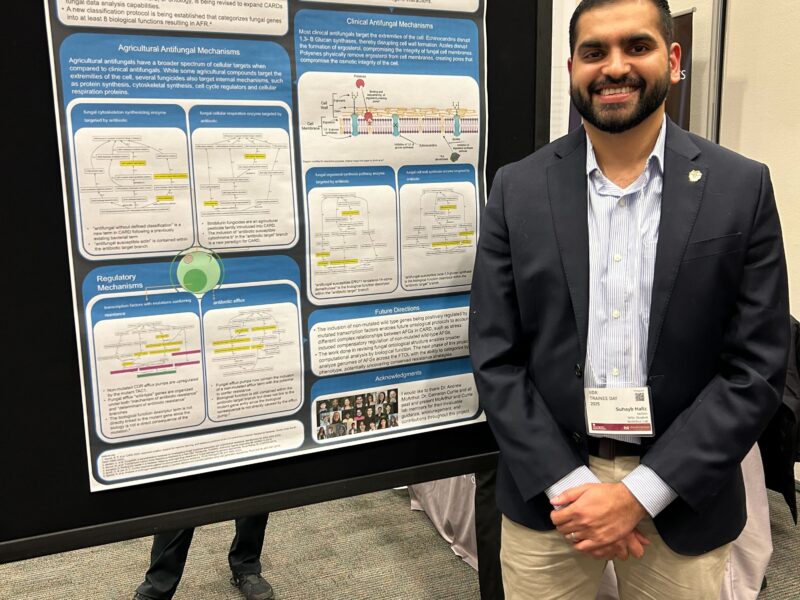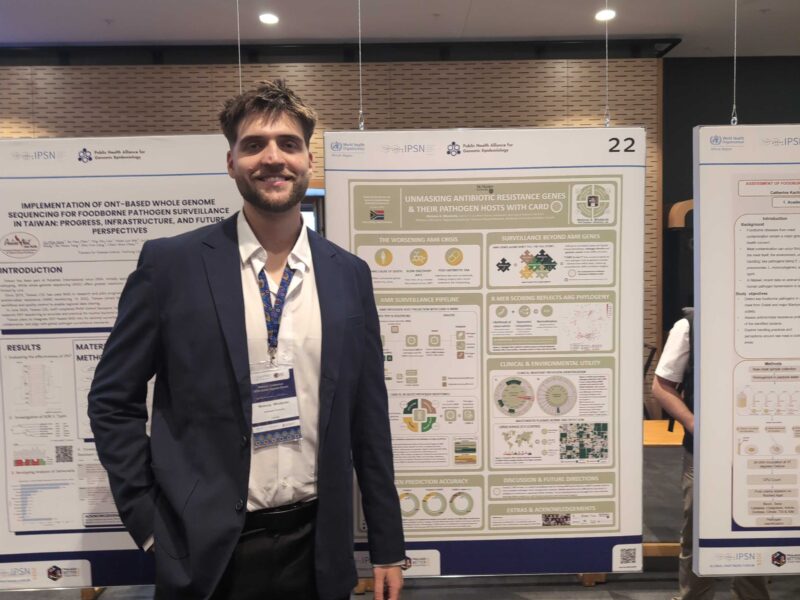 Jalees A. Nasir, Robert A. Kozak, Patryk Aftanas, Amogelang R. Raphenya, Kendrick M. Smith, Finlay Maguire, Hassaan Maan, Muhannad Alruwaili, Arinjay Banerjee, Hamza Mbareche, Brian P. Alcock, Natalie C. Knox, Karen Mossman, Bo Wang, Julian A. Hiscox, Andrew G. McArthur, & Samira Mubareka
Jalees A. Nasir, Robert A. Kozak, Patryk Aftanas, Amogelang R. Raphenya, Kendrick M. Smith, Finlay Maguire, Hassaan Maan, Muhannad Alruwaili, Arinjay Banerjee, Hamza Mbareche, Brian P. Alcock, Natalie C. Knox, Karen Mossman, Bo Wang, Julian A. Hiscox, Andrew G. McArthur, & Samira Mubareka
Genome sequencing of severe acute respiratory syndrome coronavirus 2 (SARS-CoV-2) is increasingly important to monitor the transmission and adaptive evolution of the virus. The accessibility of high-throughput methods and polymerase chain reaction (PCR) has facilitated a growing ecosystem of protocols. Two differing protocols are tiling multiplex PCR and bait capture enrichment. Each method has advantages and disadvantages but a direct comparison with different viral RNA concentrations has not been performed to assess the performance of these approaches. Here we compare Liverpool amplification, ARTIC amplification, and bait capture using clinical diagnostics samples. All libraries were sequenced using an Illumina MiniSeq with data analyzed using a standardized bioinformatics workflow (SARS-CoV-2 Illumina GeNome Assembly Line; SIGNAL). One sample showed poor SARS-CoV-2 genome coverage and consensus, reflective of low viral RNA concentration. In contrast, the second sample had a higher viral RNA concentration, which yielded good genome coverage and consensus. ARTIC amplification showed the highest depth of coverage results for both samples, suggesting this protocol is effective for low concentrations. Liverpool amplification provided a more even read coverage of the SARS-CoV-2 genome, but at a lower depth of coverage. Bait capture enrichment of SARS-CoV-2 cDNA provided results on par with amplification. While only two clinical samples were examined in this comparative analysis, both the Liverpool and ARTIC amplification methods showed differing efficacy for high and low concentration samples. In addition, amplification-free bait capture enriched sequencing of cDNA is a viable method for generating a SARS-CoV-2 genome sequence and for identification of amplification artifacts.

